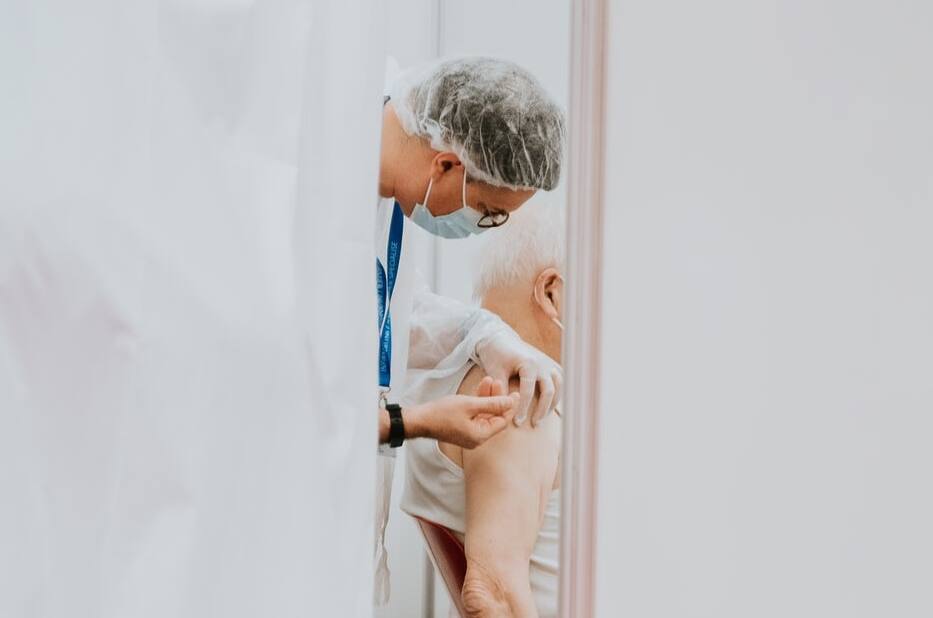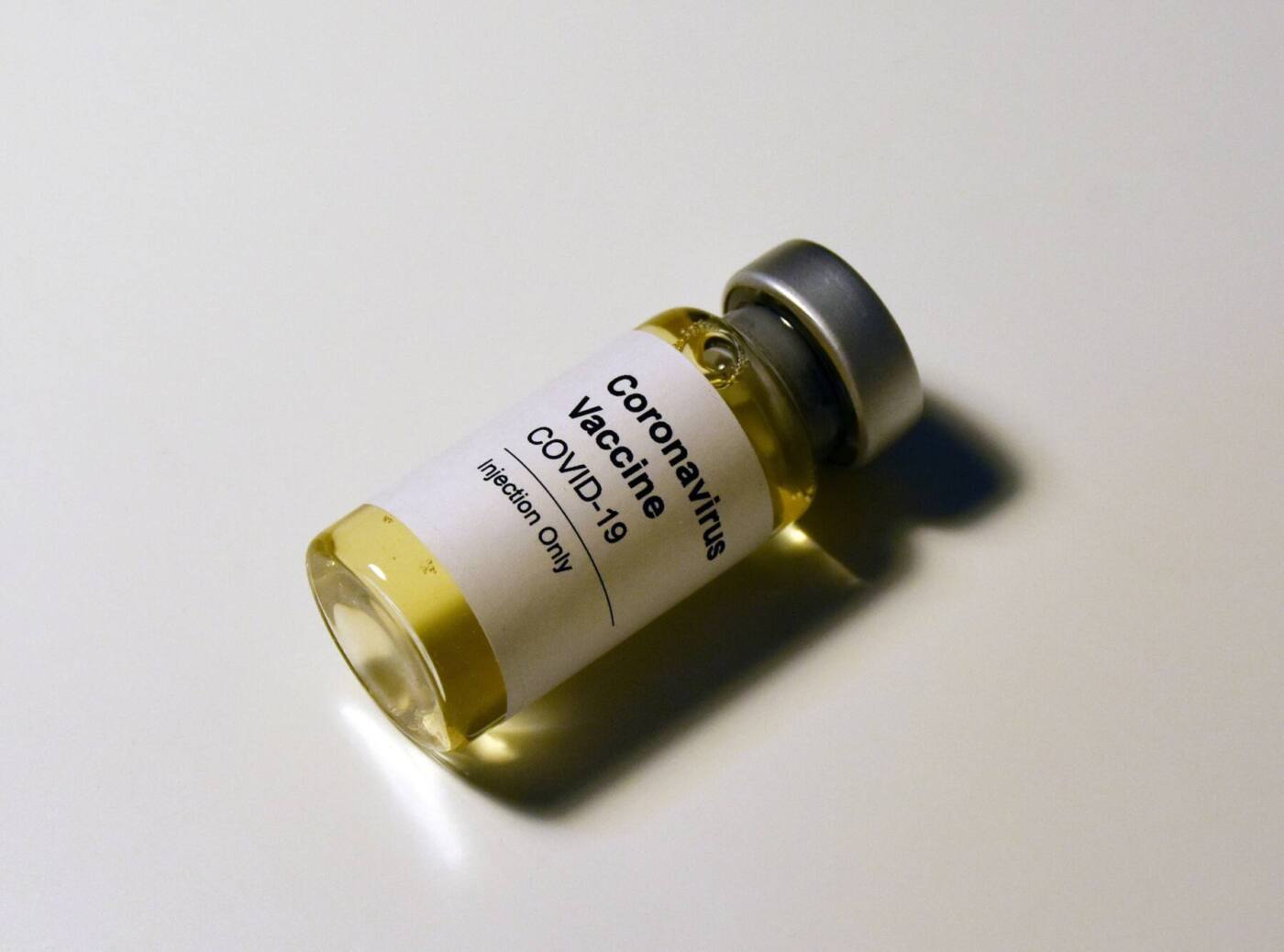Covid-19 vaccination in Zurich - an experience report The medical certificate, on which the "chronic…
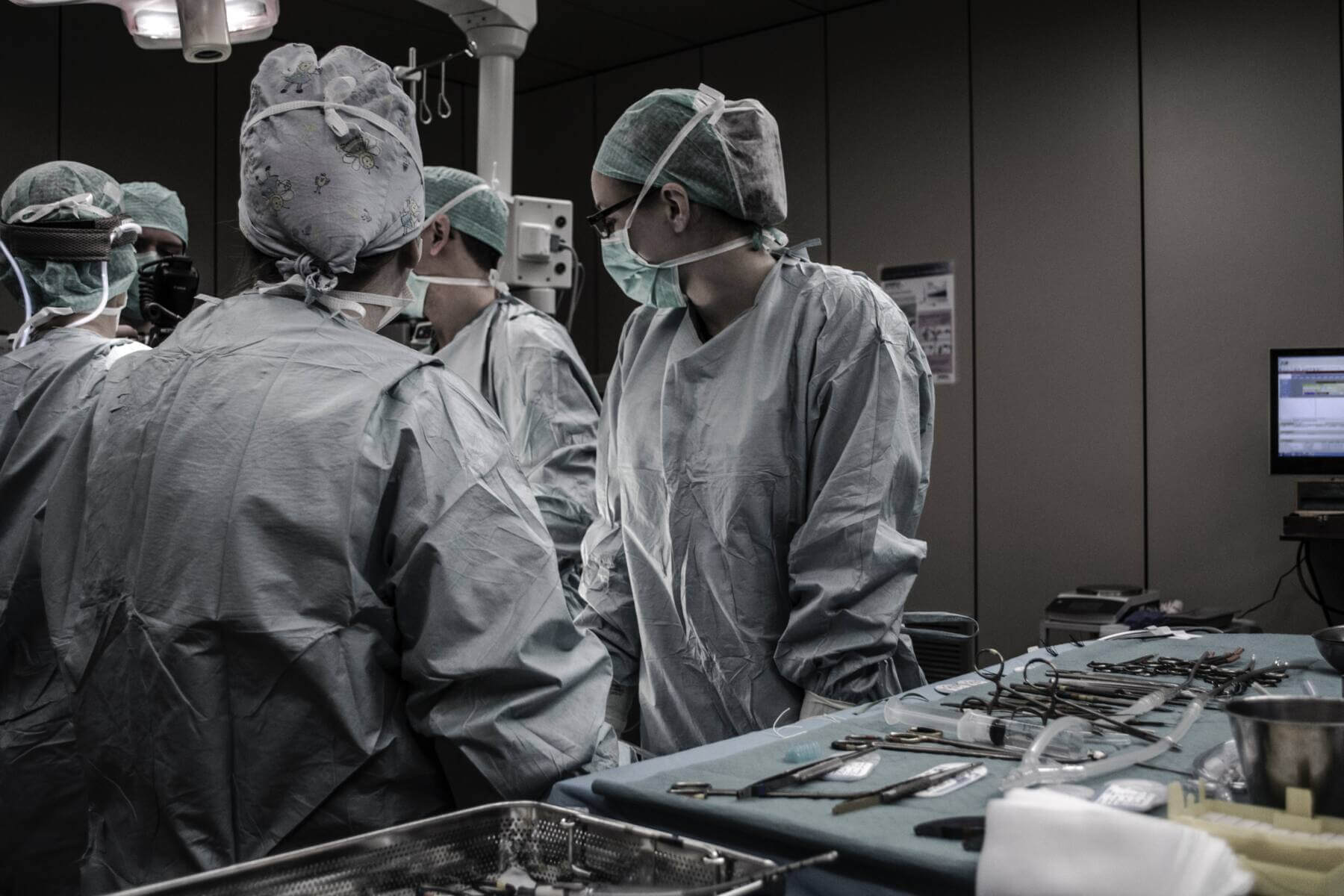
OR in Transition: Ready for the future?
Structures and procedures in the OR have been optimised over the years and will continue to be so in the future. Various professional groups take on management tasks and are confronted with the challenge of finding the right mix between long-term planning and flexibility.
An article by Prof. Gian Melcher, Senior Medical Expert at walkerproject and surgical specialist.
Old organisational forms have had their day
Until about 20 years ago, it was clear who was setting the tone in the operating theatre—the chief surgeon. He determined the hours of the operating theatres and thus the durations of personnel deployment. The main processes of the operating wing were based on the daily routine of the surgeon, who also decided on the purchase of instruments and materials. This has changed dramatically in recent years: other occupational groups in the operating theatre, above all anaesthesiology and nursing services, as well as the administration, take on management tasks in the operating theatre to varying degrees. At the same time, there is a growing awareness that stable management of this personnel and the cost-intensive hospital sector is of the utmost importance in the OR transition phase.
The operating theatre as a service platform
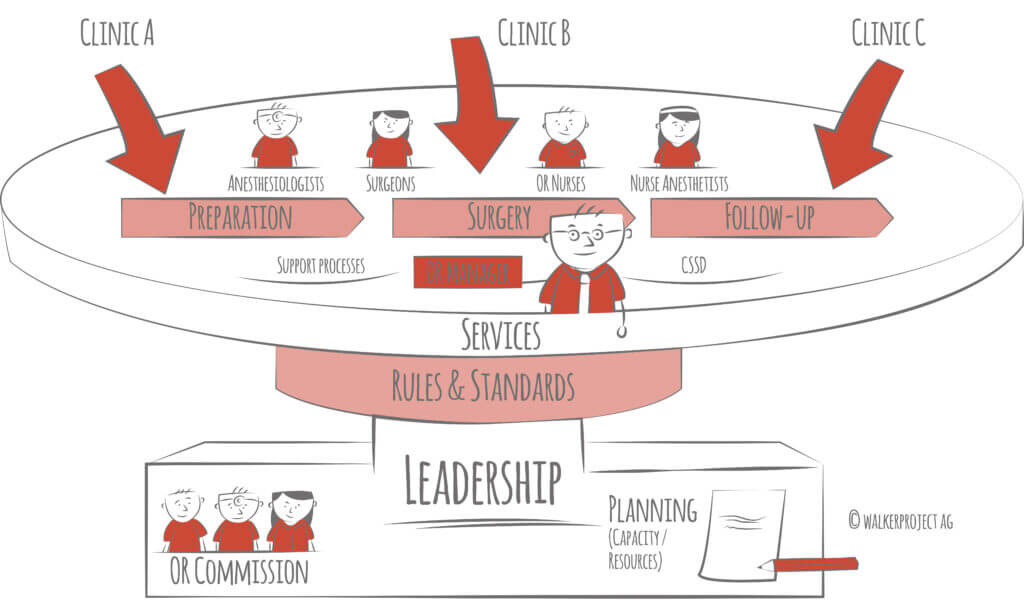
International best practices, and, increasingly, examples in Switzerland, define the operating theatre as a service platform. Doctors, clinics or departments can buy timed operation slots. Long-term planning is carried out by an operating theatre management committee. The decision is made on the basis of the empirical values of the operating room’s utilisation of individual areas. The committee has an interdisciplinary and interprofessional composition and at the same time defines standards for the operation of this platform. By taking over the operation slots, the members agree to comply with the guidelines applicable to this platform (e.g. regarding the registration of operations, operating times, safety, hygiene). The platform concept with associated monitoring units also opens up synergies for other service providers, such as endoscopy or other invasive service providers (e.g. pain infiltrations, interventional radiology). Continuously recorded key figures (in the sense of an OR cockpit) support decision-making and the improvement process in the OR area. The daily management by an OR manager or OR coordinator is ensured. This role must consider the needs of the various stakeholders and find the right mix between defined standards and flexibility.
Standards versus flexibility
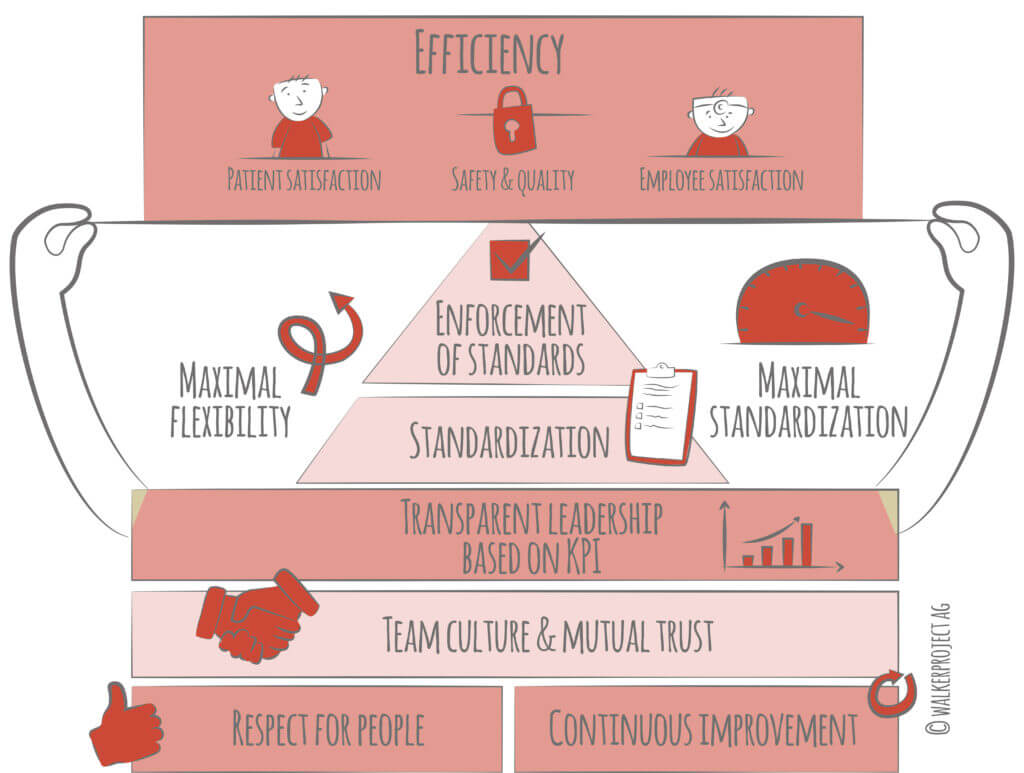
Flexibility used to be the top priority in the operating theatre. Today, the procedure of the operating theatre tends to be weakened under maximum regulations regarding, for example, personnel deployment and safety. Here, it is important to find a good mix between these two extremes. Standards make it possible to plan operations that are as employee-friendly as possible. However, flexibility is also absolutely essential in order to absorb any irregularities that may occur in the operating schedule (deviating initiation or operation times, as well as emergencies). At this point, it is indispensable to demand and enforce a standard at the right time and at the same time meet the needs of patients and staff (especially in different emergency situations). This demand requires a high degree of communication and transparency as well as mutual trust and a good operating culture. Only under these conditions will an OR in transition achieve a high degree of efficiency in the long term.

